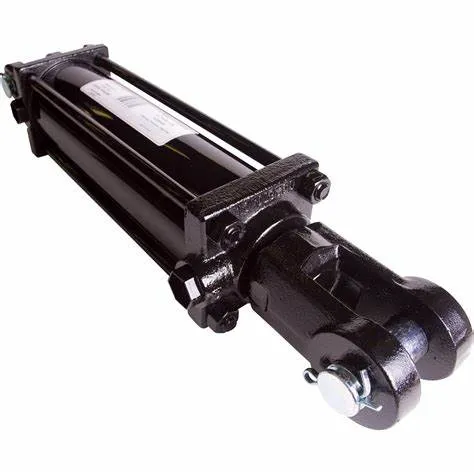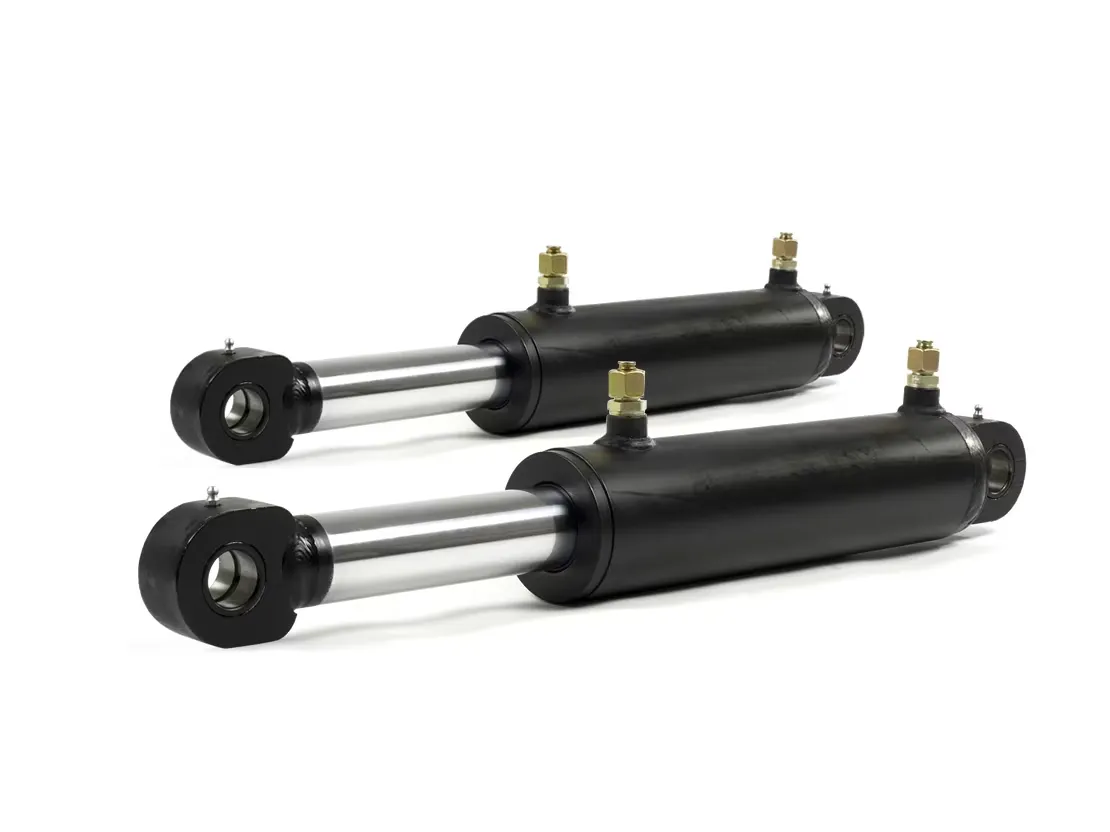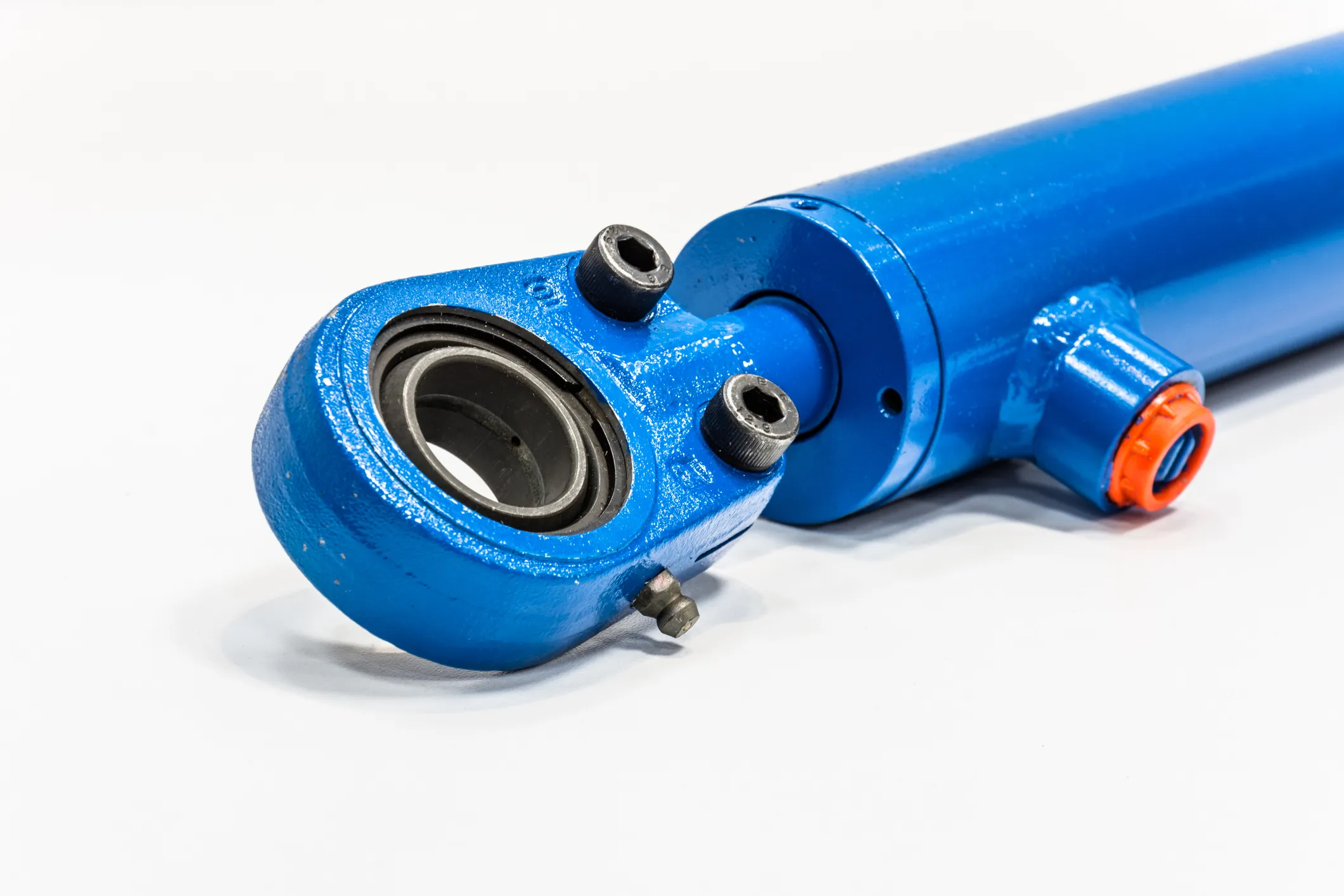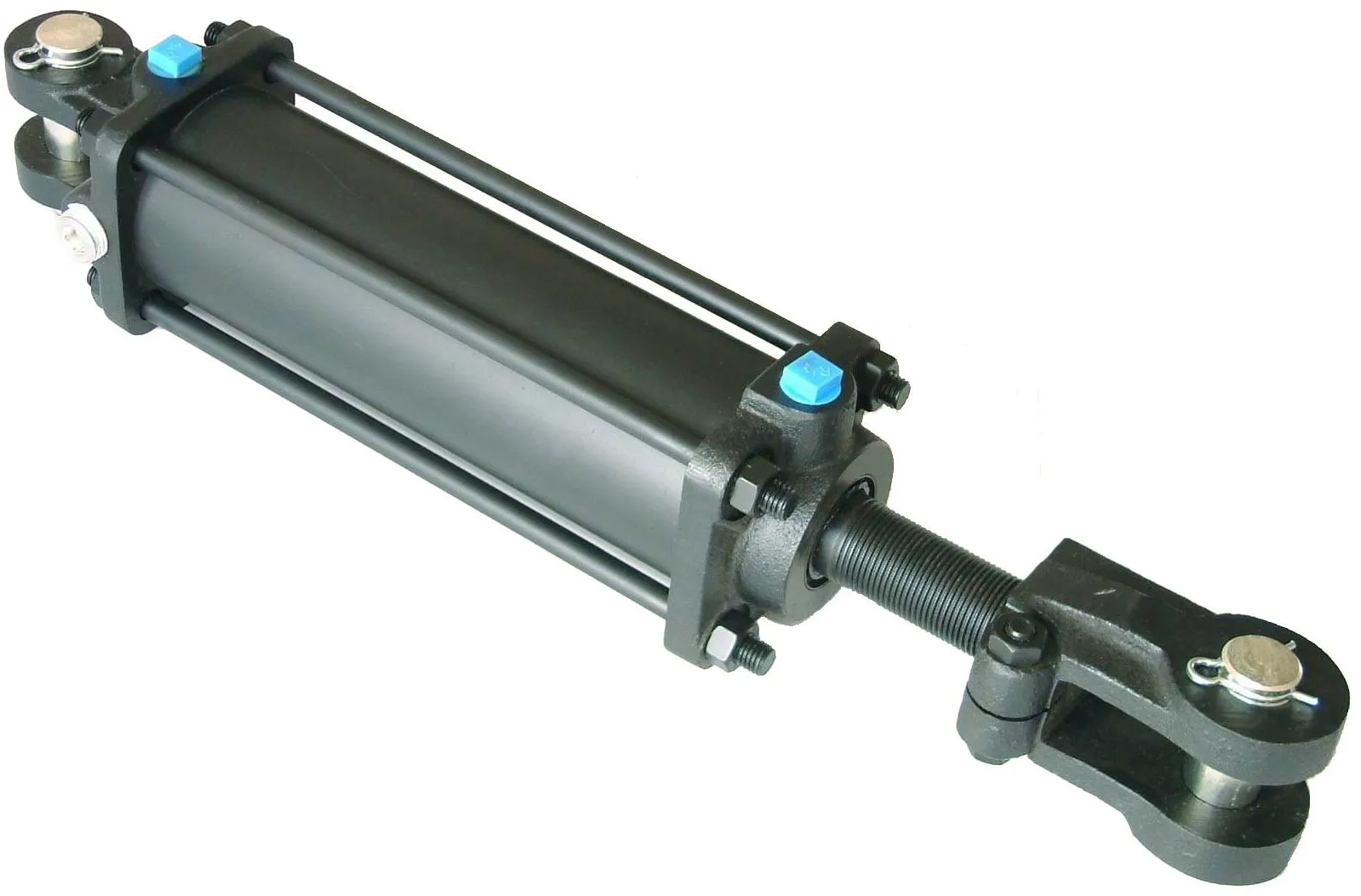Expanded Introduction of Spring-Return Single-Acting Hydraulic Cylinders
Definition of Spring-Return Single-Acting Hydraulic Cylinder
The spring-return single-acting oil cylinder is a hydraulic cylinder that utilizes hydraulic oil to expand the piston. When pressure is released, the built-in spring automatically retracts the piston.
Design and Construction Characteristics

- Single-acting Structure:
- Spring Selection:
- Sealing Design:
- Strength and Durability:
In the construction of spring-return single-acting hydraulic cylinders, material selection should consider the ability to withstand high pressure and impact, typically using high-strength steel.
Construction and Assembly Process
- Assembly Process:
- Welding and Connection:
- Testing and Debugging:
Strict pressure testing and functional testing are essential to ensure proper operation of the hydraulic cylinder.
Working Principle
The single-acting mechanism of the spring-return hydraulic cylinder involves the extension and retraction of the piston based on hydraulic pressure and spring force.
Types and Configurations
There are three main types of spring-return single-acting hydraulic cylinders, each designed for specific applications and operating conditions.
Key Benefits
- Safety:
- Simplicity:
- Cost-Effective:
- Flexible Operation:

Each benefit provides significant advantages for various industrial and mechanical applications.
Application Scenarios
- Industrial Machinery – Press
- Automated Assembly Line
- Construction Equipment – Hydraulic Jacks
- Lifting Platform
- Agricultural Equipment – Agricultural Machinery
Design Considerations and Selection Criteria
When choosing a spring-return single-acting hydraulic cylinder, factors such as bearing capacity, sealing, durability, safety, and maintainability must be taken into account.

Sealing and Lubrication
Proper sealing and lubrication are crucial for the efficient and reliable operation of the hydraulic cylinder.
Preventive Maintenance
Regular inspection and maintenance are essential to ensure the longevity and performance of the hydraulic cylinder.
Installation Guide
Correct installation of the hydraulic cylinder is vital to prevent leaks and ensure optimal functioning.
Maintenance Tasks
Regular inspection, lubrication, and replacement of seals are key maintenance tasks to prolong the life of the hydraulic cylinder.
Safety Considerations
Implementing safety measures and considering environmental factors are crucial when using hydraulic cylinders in various applications.
Fault Diagnosis and Common Problems
Identifying and addressing common issues in spring-return single-acting hydraulic cylinders is essential for efficient operation.
Unit Power
The unit power of a hydraulic system directly impacts its efficiency, response speed, and operational capabilities.
Optimizing Unit Power
Optimizing the power unit of the hydraulic cylinder can lead to improved efficiency, energy savings, and enhanced reliability.
Questions and Answers
1. How does the spring mechanism work in this type of cylinder?
2. What are the main applications of spring-return single-acting hydraulic cylinders?
3. What are the advantages of using a spring-return design?
Long-Tail Keywords
1. Spring-Return Hydraulic Cylinder Efficiency
2. Spring-Return Cylinder Maintenance Tips
3. Spring-Return Hydraulic Cylinder Troubleshooting Guide
Our Company
We are a leading hydraulic cylinder manufacturer and wholesale distributor, offering a wide range of products and customized services to meet the needs of our customers.

